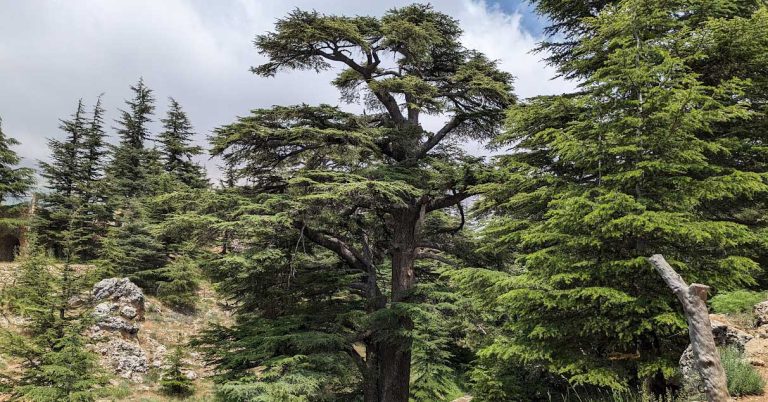
by Mairi Cowan
You never know what you might find in an archive. I went looking for demons, and I found a Scottish nun.
My research had brought me to Quebec City to investigate a case of witchcraft and demonic possession in seventeenth-century New France. Many sources from the time described the bewitchment of an adolescent servant named Barbe Hallay. I was using these sources to understand not only what happened to this one person, but also why so many in the colony were worried about a demonic infestation.
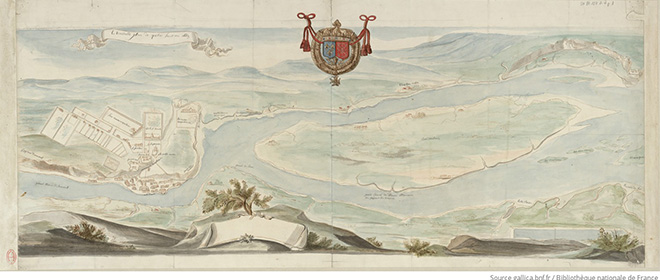
Credit: Source gallica.bnf.fr / Bibliothèque nationale de France
A hospital to care for both body and soul
At one point during the colonists’ efforts to free Hallay from demonic tormentors, she was brought to the Hôtel-Dieu hospital. The nursing sisters who cared for her there were respected healers in both the medical and the spiritual realms.
That Hôtel-Dieu is still in the same location as it was during the seventeenth century, although today it is a modern teaching hospital associated with l’Université Laval. Next to the hospital itself is the Monastère des Augustines, which offers accommodations and meals in addition to cultural and wellness activities. My destination was the Hôtel-Dieu’s archive. I was following Hallay’s steps to the Upper Town of Quebec to see what I could find in the hospital’s records about how they treated her demonic possession.
A nun by any other name
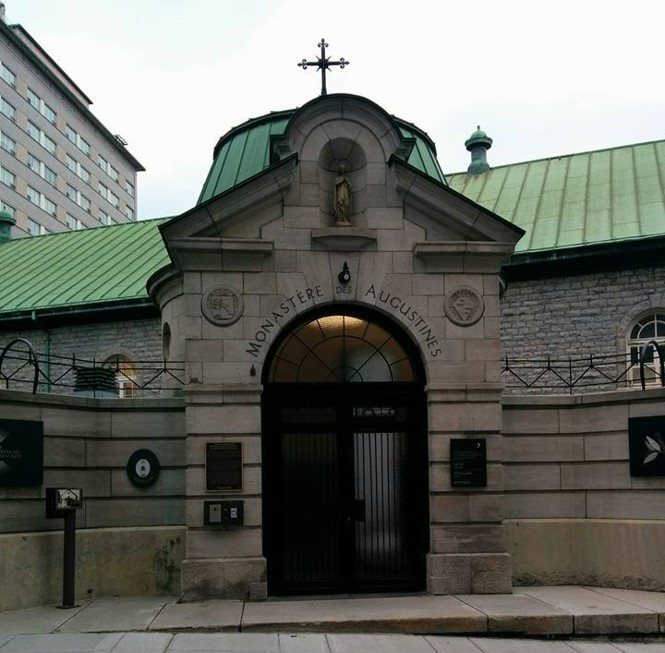
Credit: Photo by the author
While reading through the first volume of the institution’s chronicles, I came across an obituary for one of the nursing sisters who was at the Hôtel-Dieu at the same time as Barbe Hallay. This nun’s name was Marie Hiroüin de la Conception. My first thought was that ‘Hiroüin’ did not look like a French name, nor like a name from any of the Indigenous nations in the area. Then I read what came next: she was the daughter of a Scottish nobleman who had become a refugee in France with his family to preserve their religion.
This obituary said nothing about demons, but it caught my attention for a different reason. My research up to this point had focused on medieval and early modern Scotland. Here I was, sitting in an archive to conduct research for a project in the historical context of colonial North America, and Scottish history had somehow followed me.
Tracing a Scottish nun to New France
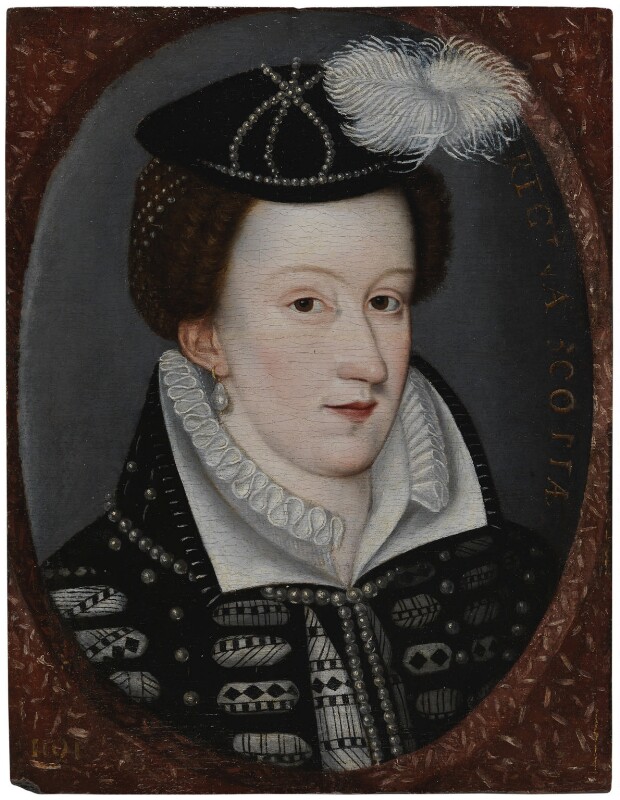
Credit: National Portrait Gallery, London
Further searching through the Hôtel-Dieu’s records yielded a few more clues about Marie Hiroüin’s identity. She was from a family that had been allied to Mary Stewart and had fled from Scotland to France during the Reformation. She had a sister who was married to an Italian nobleman. And she had actually traveled to Canada twice. The first time, finding herself unable ‘to accommodate herself to the manners of the country,’ she returned to the Augustinian house in Dieppe. The second time, after being pursued by pirates during the voyage, she stayed in Quebec. These details were perhaps enough, I thought, to track Hiroüin’s Scottish family. And this is what I did, locating relatives among the the Irvines of Hilton in and around Aberdeen, also in France and Italy.
The appearances of Marie Hiroüin in records of the Hôtel-Dieu brought to my mind several larger questions too. What did it mean to be ‘Scottish’ so far from Scotland? How did a nun’s noble status prove useful to a nursing order in a precarious colony? And why did people in New France describe Mary Stewart – also known as Mary, Queen of Scots – as the ‘Queen of England’? Thinking through these questions took me into further research about the Scottish diaspora, the complexities of Tudor dynastic succession, and (as I put it in my article) the ‘far-reaching web of early modern spiritual geopolitics.’
The twisting paths of archival research
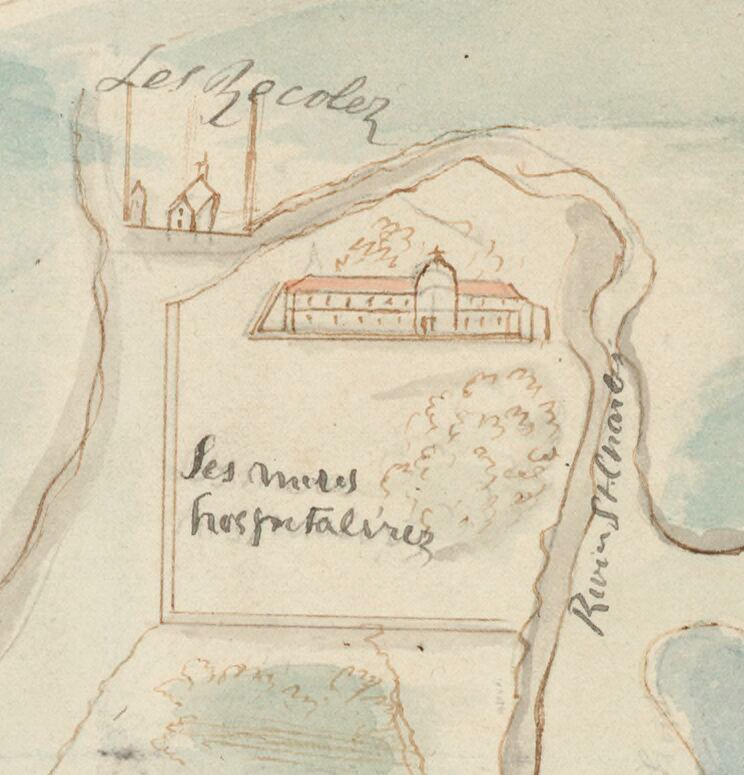
Credit: Source gallica.bnf.fr / Bibliothèque nationale de France
It makes sense, especially for those of us who must travel long distances to visit archives, that we should have research questions in mind before we arrive in the reading room. But a trip to the archive can take some surprising turns. If you have the time, it’s worth seeing where these turns will lead. In my case, I was brought to a project that joined the histories of Scotland and New France. Starting with the writings of nuns in a small settlement on the banks of the St Lawrence River, I was able to show the long reach of early modern British politics and religion across both space and time.
You can read the full article, ‘Scottish in the Margins of New France: Marie Hiroüin de la Conception, a Nun at the Hôtel-Dieu Hospital in Seventeenth-Century Québec‘ in the latest issue of Britain and the World.
About Britain and the World
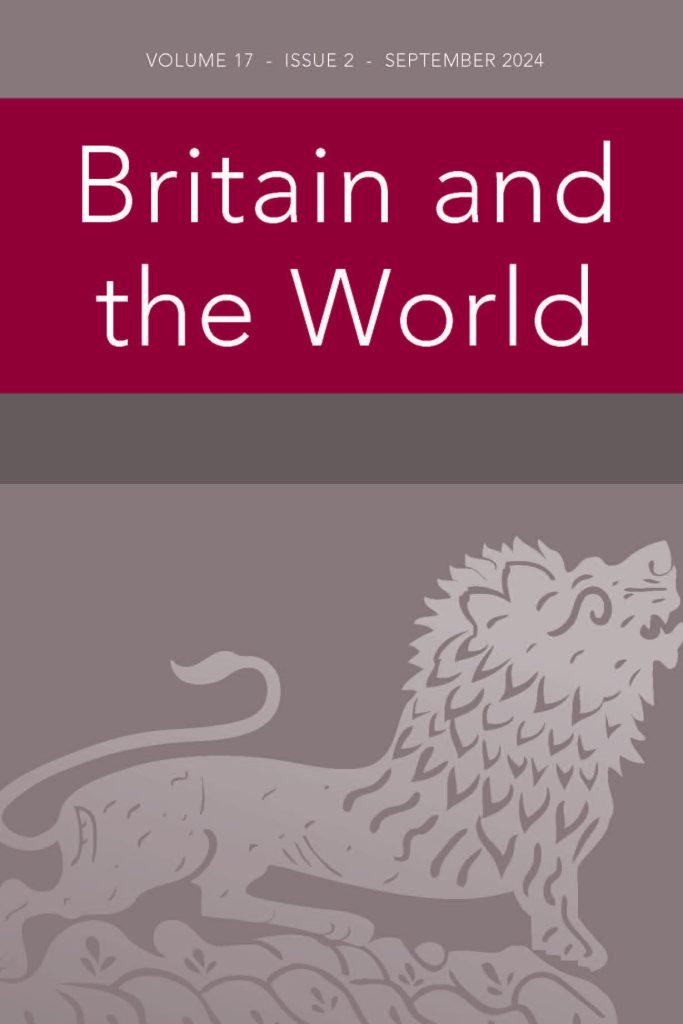
Britain and the World is dedicated to the study of ‘British world’ history, with contributions from historians of all ranks on the ways in which Britain has interacted with other societies past and present.
Sign up for TOC alerts, subscribe to Britain and the World, recommend to your library, and learn how to submit an article.
About the Author
Mairi Cowan is an Associate Professor at the Department of Historical Studies, University of Toronto Mississauga. She is the author of the books Death, Life, and Religious Change in Scotland 1350-1560 and The Possession of Barbe Hallay: Diabolical Arts and Daily Life in Early Canada,as well as co-editor of Gender in Scotland 1200-1800: Place, Faith and Politics.


